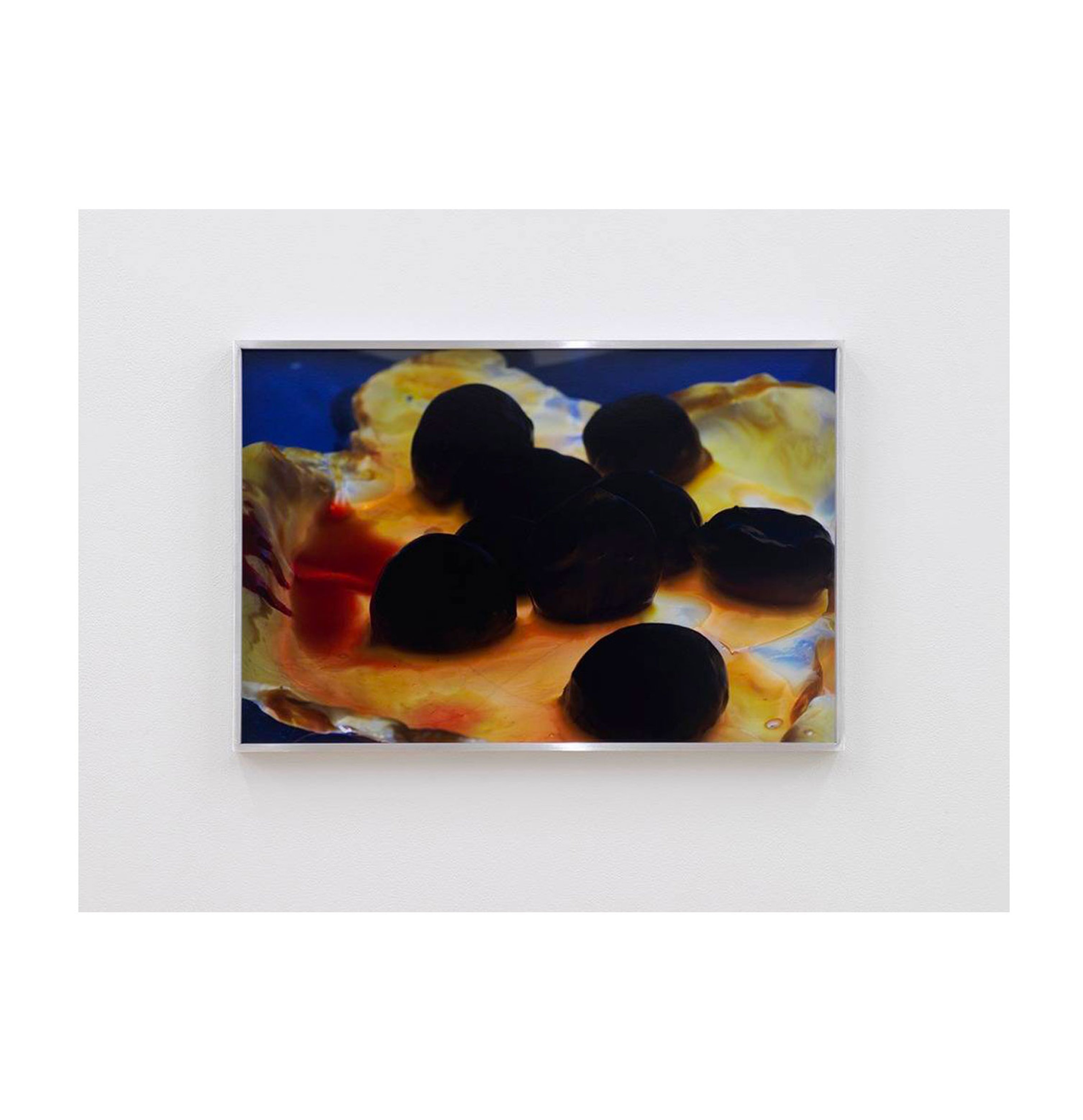As part of NADA’s New York Gallery Open, some of New York’s most celebrated galleries talk to Collecteurs about the current cultural landscape and why community is the key to the vitality of the overall arts ecosystem. Here we sit down with Gabrielle Giattino of Bureau.
Follow Bureau on Collecteurs and view the most recent exhibitions.
When was the gallery launched? How did it all start?
Bureau was launched in 2010. We had grown out of the program built from the project space, Dispatch, which I started with curator, Howie Chen, in 2007.
**What inspired you to start a gallery? What need were you trying to fulfill?
**
In the early 2000s, I worked as a curator in a small institution – the Swiss Institute. There, I discovered that I loved producing shows with artists; working with a small team to problem-solve both the important and miscellaneous questions and to write about the work, all as a way to support artists and their practices. After having run a more experimental project space with Howie, it became clear that the group of young artists we were supporting at Dispatch needed representation. Rather than be a feeding ground for Chelsea – where I felt that younger artists would be consumed but not supported and nurtured – I took the leap from curator to gallerist.
Why did you choose the Lower East Side?
It was already a vibrant and supportive neighborhood for smaller spaces. We had been inspired by Participant, Maccarone, Orchard and other spaces that had opened up on the south end of the LES, so we opened on Henry Street in 2007 as Dispatch and then Bureau took over in 2010.
Local support systems seem to be the key to success in the current cultural landscape. We’d love to know more about any current support systems you have in your neighborhood.
Having never worked in a commercial gallery before starting my own, I relied heavily on the generosity and mentorship of my peers. Of course, there can be competition amongst colleagues, but I find that the gallerists of my generation are more supportive of one another than you’d think. I also try to pass on the knowledge that I’ve gained over my years as both a curator and gallerist to support younger colleagues. I’d also say that NADA is an important resource for our generation. Other than that, it’s thanks to our dedicated clients, viewers, and press who keep us supported.
Follow Bureau on Collecteurs and view the most recent exhibitions.

As consumption of culture shifts more and more online. What creative ways are you exploring to continue to be relevant?
I’m still way more interested in the value of real-life interactions with people and art….There’s just no replacing it. But… I’m doing this interview. Isn’t that something?
It’s becoming increasingly challenging to drive steady foot traffic into gallery spaces. What brings your gallery visitors?
It’s hard to put a finger on, but certainly press is helpful. I definitely notice more visitors when we have a piece in the New Yorker or the NY Times. But we always have visitors, even if it’s just 10 a day when it’s slow. We still have foot traffic because we live in New York and people still want to visit shows here. I think it’s a lot harder in other cities, but we still have a walkable city with neighborhoods just full of galleries.
Tell us a little bit about your program. What initiatives does your gallery support?
I think what interests me most, more than any style or medium, is an artist’s drive and focus. It’s very hard to be an artist, to put your vision out in to the world, and I’m interested in artists who are really willing to be vulnerable, and to push their limits. So it’s hard to characterize the program as a whole, but I think you can sense that uncompromising quality of the artists’ work that I show.

Given the history of the city, so many of the gallery spaces have “past lives.” Does yours have one?
We’ve been at 178 Norfolk Street for about 5 years now. Before us, there was a flower shop up front and I think an artist studio in back. Our floors were all dyed green when we took the lease. You can see the traces of it in our storage space. I also found out that many years ago our store was a monument shop. There were many jewish headstone businesses in the neighborhood. You can still see the sign for Silver Monuments on Stanton around the corner. Next door to us is Angel Orensanz, one of the oldest Synagogues in NYC, which was bought by Mr. Orensanz in the 80s. And of course, our building also has the famous Lenin Statue on our roof, which used to be across Houston on the ‘Red Square’ building, before it was sold.
For NADA New York Gallery Open, Bureau presents Minor Twin Worlds, a two-person show featuring the photographs of Diane Severin Nguyen and sculptures by Brandon Ndife.

From top to bottom:
Brandon Ndife Free or reduced Lunch, 2019 (MDF, PVC tubing, insulation foam, pigmented resin, earth pigment, hemp)
Diane Severin Nguyen Colonizing Hears, 2018-2019 (LightJet C-print, aluminum frame)
Brandon Ndife Arid cabinet, 2019 (MDF, cast hydrocal, earth pigment, oil paint, hemp, pigmented resin, insulation foam)
All images courtesy of the artist and Bureau, New York. Photography by Dario Lasagni.